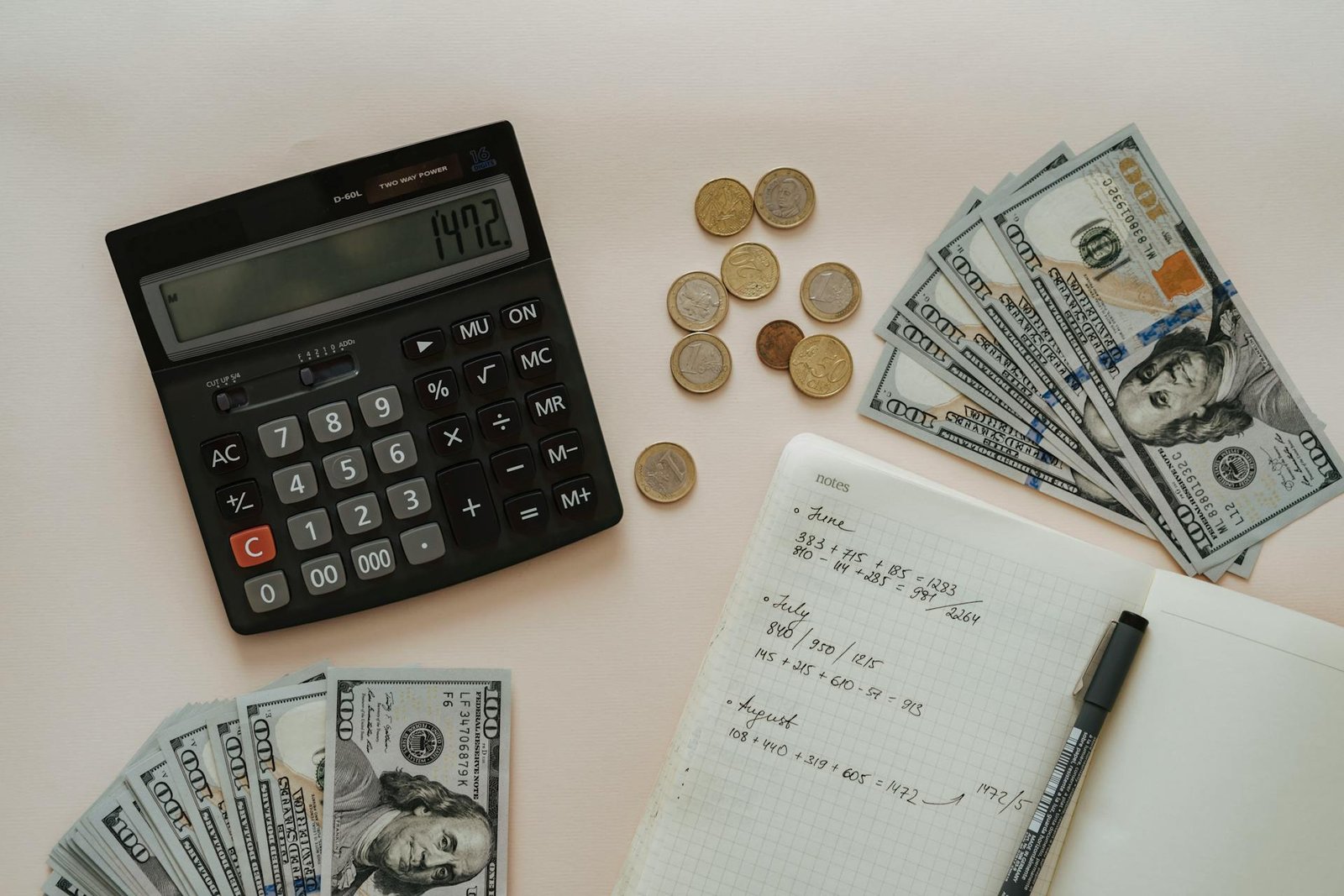Managing your money well starts with understanding where your money comes from and where it goes. Many people feel surprised or even worried when they finally look at their bank or credit card statements and see how much they’ve actually spent. A great way to stay on top of your finances is by using personal financial statements. These tools, often used by businesses, can also help individuals clearly see their financial situation.
There are two main types of personal financial statements: the personal cash flow statement and the personal balance sheet. Both of these work together to give you a complete picture of your financial health.
Understanding Your Personal Cash Flow Statement
A personal cash flow statement shows the money you bring in and the money you spend over a certain period of time, such as a month or a year. This statement helps you understand whether you are living within your means or spending more than you earn.
Cash Inflows
Cash inflows are all the ways money comes into your life. Common sources of inflow include your paycheck, interest earned from savings, dividends from stocks, and profits from selling assets like cars or homes. If you run a small business or have a side job, those earnings also count as inflows.
Cash Outflows
Cash outflows are the things you spend money on. These include your rent or mortgage, utility bills, groceries, gas, loan payments, and entertainment. Even small purchases like coffee or online subscriptions are outflows.
Calculating Net Cash Flow
To find your net cash flow, you subtract your outflows from your inflows. If the result is positive, that means you spent less than you earned, which is a good sign. A positive net cash flow gives you the chance to save money or invest it for future goals. If the result is negative, it means you’re spending more than you’re earning, which can lead to debt if it continues for too long.
Creating Your Personal Balance Sheet
While a cash flow statement shows activity over time, a balance sheet shows your financial position at one point in time. It lists everything you own, called assets, and everything you owe, called liabilities. The difference between these two amounts is your net worth.
What Are Assets?
Assets are things you own that have value. They can be grouped into three main types:
Liquid assets are things that can be quickly turned into cash without losing value. Examples include cash, money in checking or savings accounts, and certificates of deposit.
Large assets include valuable physical items like your house, car, or even expensive artwork. These are important to include, but you should use their current market value, not what you originally paid for them.
Investments are another form of assets and include things like stocks, mutual funds, real estate, and retirement accounts. These should also be listed based on their current value.
What Are Liabilities?
Liabilities are debts or financial obligations. These include credit card balances, student loans, car loans, mortgage balances, and any bills you still owe. These are things that reduce your net worth.
Calculating Your Net Worth
Net worth is the result you get when you subtract your total liabilities from your total assets. If your assets are higher than your liabilities, you have a positive net worth. This is a sign that you are in good financial shape. On the other hand, if your debts are more than what you own, you have a negative net worth. This means you may need to work on improving your financial situation.
There are two main ways to improve your net worth. One is by increasing your assets, such as saving more money or investing wisely. The other is by reducing your liabilities, such as paying off credit cards or loans. Sometimes, buying an asset like a home might also increase your liabilities temporarily if you take on a large mortgage.
How Cash Flow and Net Worth Work Together
Your personal cash flow and balance sheet are connected. If you have a positive cash flow, you can use that extra money to either save, invest, or pay off debt. All of these actions will help improve your net worth over time.
For example, let’s say you end each month with a $500 surplus after covering all your expenses. You could use that $500 to add to your savings (which increases your assets) or pay off part of your credit card balance (which decreases your liabilities). Either option will improve your net worth in the long run.
Examples of Non-Liquid Assets
Some assets can’t be quickly turned into cash without losing value. These are called non-liquid assets. Examples include real estate, cars, jewelry, and artwork. These items may be valuable, but they take time to sell, and you may not get their full value if you sell them in a hurry.
Imagine you bought a house for $350,000, but you need to sell it fast due to an emergency. You might only be able to sell it for $300,000. That’s the risk with non-liquid assets—they can lose value when sold quickly.
Average Household Spending in the U.S.
According to a report from the U.S. Bureau of Labor Statistics in September 2024, the average American household spent about $77,280 in 2023. This amount was nearly 6 percent higher than the year before. During the same period, average income before taxes went up by 8.3 percent. This shows that while people are earning more, they’re also spending more, which makes it even more important to keep track of your finances.
How Much Should You Save?
There are different opinions on how much you should keep in savings. Many financial experts suggest saving at least six months’ worth of your living expenses. For example, if your expenses are $2,500 a month, you should try to save $15,000.
Some experts, including the U.S. Securities and Exchange Commission (SEC), recommend saving six months’ worth of your income instead. If you earn $60,000 a year, that would mean saving $30,000. This amount offers a larger safety net in case of emergencies like job loss or unexpected medical bills.
The SEC also advises people to pay off high-interest credit card debt before focusing on investments. This is because the money you save by avoiding high interest payments is often more than the earnings you would make from a typical investment account.
Final Thoughts
Taking the time to evaluate your personal financial statements is one of the smartest ways to understand and improve your financial health. By regularly reviewing your cash flow and balance sheet, you can spot problems early, adjust your spending habits, and set realistic financial goals.
When you know where your money is going and how much you owe compared to what you own, you can make better decisions. Whether you want to save for a vacation, pay off debt, or build wealth for the future, personal financial statements give you the tools you need to take control of your money and plan for a more secure life.








